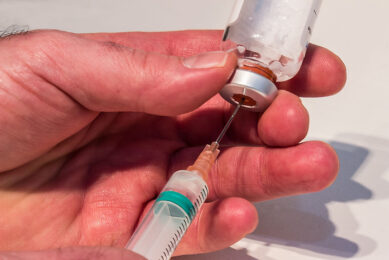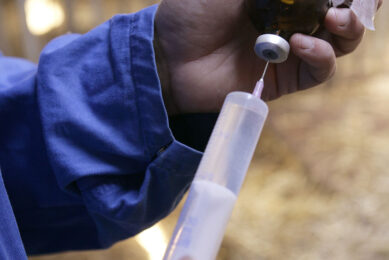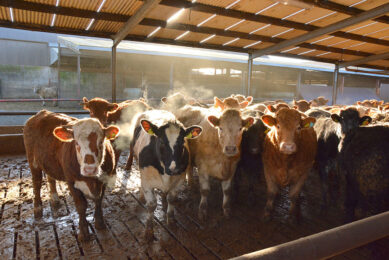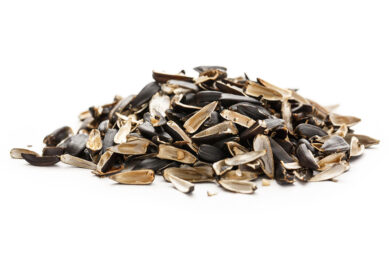The impact of the MyToolBox project quantified
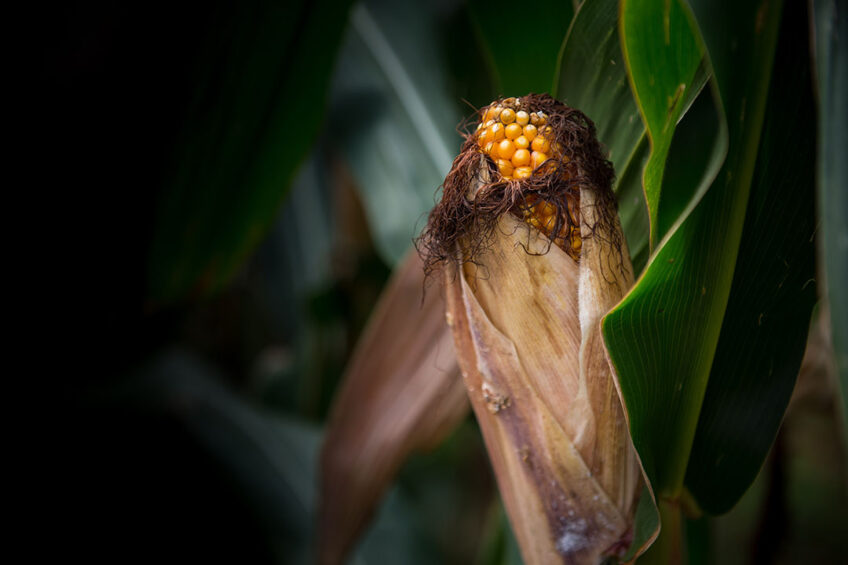
The MyToolBox project resulted in a list of proposed prevention or control measures along the supply chain. The impact assessment made for these measures can help decision makers in the food and feed supply chain decide which one works best for them.
The European Commission (EC) estimates that mycotoxin contamination results in annual global crop losses of 5 to 10%, resulting in billions of Euros of lost income. Reducing these losses by only 1% could already provide significant savings and increase EU competitiveness. Prevention and control of mycotoxin contamination is, however, highly complex due to regional and seasonal related variations in mycotoxigenic fungal diversity and their associated mycotoxin occurrence. And despite the EU’s strict (official) controls for imports of food and feed ingredients and finished products, mycotoxins are still number one on the list of the RASFF notifications for contaminants (RASFF, 2019).
EU project with 23 partners
Stakeholders can minimise and reduce mycotoxin contamination of crops, and the subsequent processed food and feed products, by relying on practical and affordable tools that have been developed over the last two decades. The main goal of the EC funded project MyToolBox was the development and merging of various management practices along the entire food production chain to significantly reduce mycotoxin contamination and product losses. These practices were integrated into an e-tool to assist decision making for all actors in the food and feed supply. The MyToolBox project, which ran between 2016-2020, involved 23 partners from 11 countries, with 40% of the project partners from industry. In the paper discussed here, published first in the World Mycotoxin Journal*, the researchers aimed to estimate the impact of these prevention and control measures on both the reduction in crop losses and the increased volume of crops suitable for food and/or feed.
Different case studies
5 prevention and control strategies, investigated during the MyToolBox project, covering various stages of the food supply chain, were chosen as case studies:
- Pre-harvest: use of fungicide to control Fusarium head blight
- Pre-harvest: use of resistant maize cultivars and/or biocontrol
- Post-harvest: Improved silo management
- Post-harvest: Innovative milling strategies
- Post-harvest: Safe use options
The impact of each prevention or control measure was estimated for each case. The effects of the control strategy on mycotoxin contamination were estimated, for both the test region, where the prevention or control strategy was developed and the data was collected, and extrapolated to the European region, where appropriate. For cases 3, 4 and 5, the impact on the reduction in waste was also included. For each case, the effect of the prevention or control measure was compared to its baseline situation.

Results pre-harvest
When we look at the pre-harvest measures (cases 1 and 2), one of the findings was that if 50% of the farmers in Europe would use the Adepidyn fungicide, on average an extra volume of 357,000 tonnes wheat per year could be used as milling wheat in Northern Europe, instead of use as feed. In Central Europe, on average, an extra 3.8 MT wheat could be used as milling wheat and in Southern Europe, on average, an extra 1.1 MT wheat could be used as milling wheat. For case 2, it was estimated that if 80% of the farmers in the test region Serbia would use both control measures, an average of 12.3% less maize would exceed the AFB1 limit of 20 μg/kg. This is assuming that the use of biocontrol has the same effectiveness on resistant maize cultivars than is has on non-resistant cultivars. This reduction in maize exceeding the AFB1 limit would be significant, equivalent to 545,000 tonnes of maize. In this situation, on average, 25.7%, equivalent to 1.6 MT more maize, compared to the baseline, could be used for food use with an AFB1 concentration <5 μg kg in the test region serbia.>
Results post-harvest
With the post-harvest measures (cases 3-5), the researchers assessed – amongst others – that in the test region UK, with 20% of the silo managers using the real time sensors measuring the temperature, the relative humidity and the CO2 levels, in silos suitable for these sensors, coupled to a Decision Support System (DSS), on average 2.9% of the losses of wheat can be avoided annually. With 50% of the silo managers using the real-time sensors coupled to a DSS, these average annual losses can be reduced by 7.4%, and with 80% uptake, 11.8% of the harvested product could be saved. This latter reduction of 11.8% is equivalent to 193,000 tonnes of cereals. Current losses of bran, a by-product from the pasta industry, can be avoided when more processors adopt innovative milling strategies, minimising mycotoxin levels and increasing fibre content of pasta (case 4). Considering a ten-year period (2009-2018), with 50% of the processors using the innovative milling technique developed, 8.6% of the losses can be avoided on average per year, equivalent to 53,000 tonnes in the test region Italy and 113,000 tonnes for the relevant European region. Case 5 looked at the effectiveness of the enzyme FUMzyme and ZENzyme to degrade FB1+FB2 and ZEN in DDGS. Currently, 2.8 MT maize produced in Europe per year exceeds the EU limits for feed for FB1+ FB2 and/or ZEN. The researchers estimated that when using enzymes, able to degrade FB1+FB2 and ZEN by 99 and 89%, respectively, all maize having FB1+FB2 and/or ZEN levels initially above the EU limits for FB1+FB2 and/or ZEN for feed, could be used to produce DDGS, safe to be used as feed, or bioethanol.
Better decision making
This impact assessment provides quantitative evidence that the various developed prevention and control strategies in the MyToolBox project, substantially can reduce mycotoxin contamination in these key food/feed supply chains as well as reduce the losses of produce due to mycotoxin contamination. The impact was more pronounced in those areas prone to higher mycotoxin contamination levels than in those areas with lower mycotoxin contamination levels. Combined with predictive models for mycotoxin contamination, such as developed and integrated in the MyToolBox e-platform, this impact assessment will support decision makers to apply the most effective control measures. The impact assessment results may be validated in future research with more (future) data from more years and sites.
*This article is based on the original paper: The impact of management practices to prevent and control mycotoxins in the European food supply chain: MyToolBox project results, authored by M. Focker, H.J. van der Fels-Klerx, N. Magan, S.G. Edwards, M. Grahovac, F. Bagi, D. Budakov, M. Suman, G. Schatzmayr, R. Krska and M. de Nijs, and published in World Mycotoxin Journal, 2020; 14 (2).



